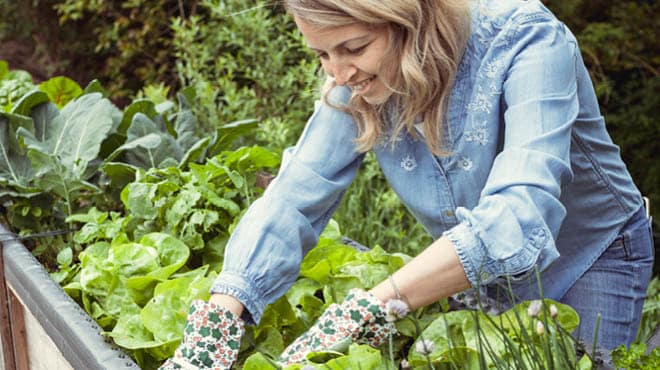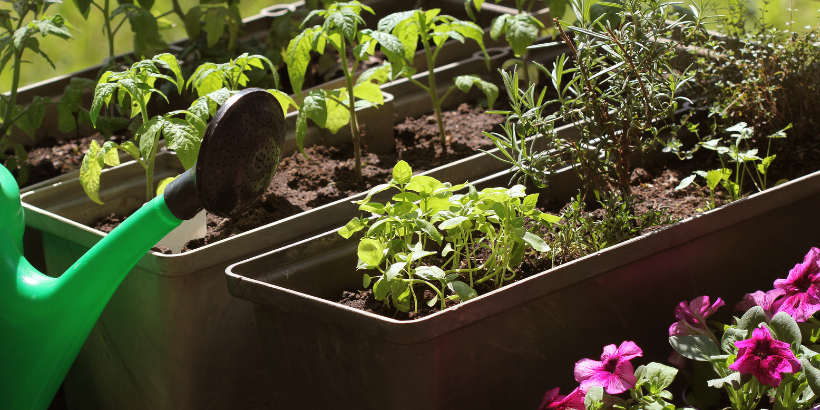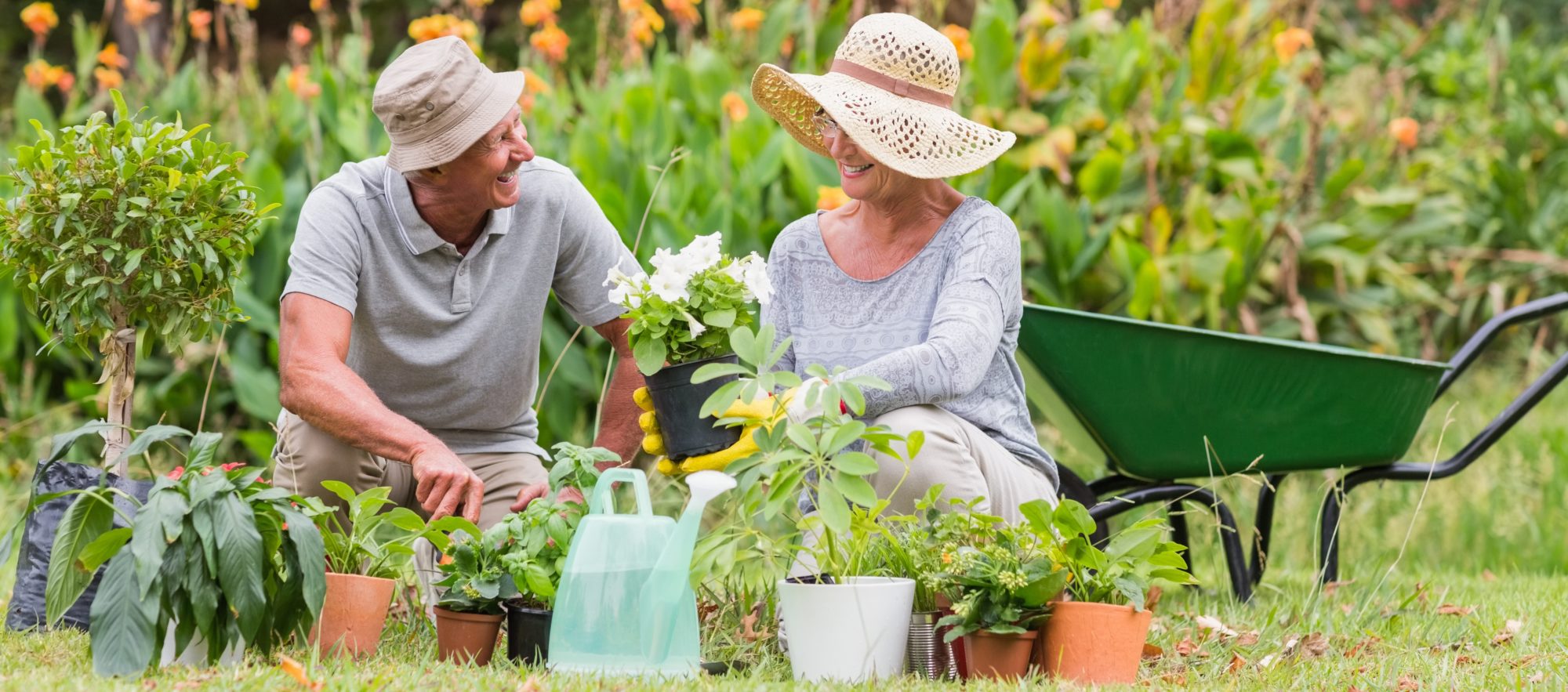Understanding the Different Types of Horticulture and How They Contribute to a Healthier Way Of Life and Environment

Benefits of Vegetable Gardening
Numerous people are significantly acknowledging the myriad advantages of vegetable horticulture as a crucial element of a healthier way of life. Taking part in vegetable horticulture offers numerous physical health benefits, including increased exercise, which enhances cardio wellness and promotes overall health and fitness. The act of growing, weeding, and harvesting calls for activity and can help combat sedentary behaviors, adding to weight management and boosted muscular tissue tone.
Furthermore, growing one's very own vegetables significantly boosts dietary high quality. Domestic produce is often fresher and extra nutrient-dense contrasted to store-bought alternatives, as it can be consumed shortly after harvest. This availability encourages a better consumption of vegetables and fruits, which are vital for preventing persistent diseases.
Additionally, veggie horticulture fosters mental wellness by giving a healing electrical outlet for anxiety alleviation and relaxation. The act of tending to plants can be meditative, enabling people to attach with nature and escape the stress of life. Additionally, the sustainable practice of growing one's own food reduces dependence on business agriculture, contributing to environmental conservation and advertising biodiversity. Collectively, these benefits highlight the significance of vegetable horticulture as a foundation of a healthier way of life.
Discovering Flower Gardening

Along with aesthetic benefits, flower gardening supports local ecosystems. Several blooming plants bring in pollinators, such as and butterflies, which are crucial for keeping biodiversity. The presence of varied plants can likewise enhance dirt wellness, as numerous plants add to nutrition cycling and improve dirt framework.
In addition, blossoms can play a significant function in promoting lasting techniques. Many garden enthusiasts select native or drought-resistant types, which require much less water and marginal chemical inputs. This approach not just benefits the setting but also encourages liable gardening routines.
Eventually, flower horticulture functions as a crucial component of an all natural gardening strategy. Gardening. By growing elegance and supporting regional ecosystems, it harmonizes with veggie gardening and underscores the value of supporting both our physical and mental well-being with nature
Container Horticulture Benefits
Container gardening deals many benefits that make it an appealing alternative for both amateur and experienced garden enthusiasts. Among the primary advantages is its flexibility; containers can be positioned on outdoor patios, terraces, and even inside your home, enabling gardening in spaces with restricted ground accessibility. This adaptability allows individuals in urban settings or those with tiny yards to cultivate plants successfully.
In addition, container horticulture gives boosted control over soil quality and moisture degrees. Gardeners can select details dirt mixes to enhance plant health and wellness and minimize concerns like weeds and pests. The movement of containers also enables simple moving to optimize sunshine direct exposure or safeguard plants from inclement climate.
In addition, container gardens can be visually pleasing, providing a possibility for creativity in design. Gardening. They can function you can look here as ornamental components that enhance outside or interior spaces while promoting biodiversity by drawing in pollinators
Last but not least, container gardening can contribute to a much healthier lifestyle by motivating physical activity, as it often includes training, growing, and maintaining plants. Generally, the benefits of container horticulture make it an accessible and satisfying technique for those seeking to improve their way of life and setting.
The Surge of Vertical Horticulture
As urban rooms come to be progressively crowded, the trend of vertical gardening has actually taken off, enabling individuals to maximize their horticulture potential in limited areas. This ingenious technique entails expanding plants in upright structures, such as wall-mounted planters, trellises, or specialized upright yard systems. The allure of upright horticulture exists not just in its effective use room however additionally in its visual contribution to city environments, transforming bare walls into rich eco-friendly landscapes.
Vertical yards can be installed in homes, verandas, and area areas, giving a platform for growing a variety of plants, including herbs, vegetables, and ornamental flowers. This approach encourages biodiversity and can enhance air top quality by filtering pollutants while advertising a connection to nature in densely populated locations. In addition, upright gardening offers useful benefits, such as boosted return per square foot, making it an eye-catching choice for urban gardeners seeking to grow their very own food.

Lasting Practices in Horticulture
Welcoming sustainable practices in gardening is necessary for advertising ecological wellness and guaranteeing the feasibility of our natural deposits. Lasting horticulture methods concentrate on lowering environmental impact, conserving water, and fostering biodiversity. By executing methods such as organic gardening, gardeners can reduce making use of synthetic fertilizers and pesticides, which can harm local communities.
Companion growing is another efficient sustainable method, where specific plants are expanded with each other to enhance growth and hinder insects normally. Furthermore, utilizing native plants in landscaping supports local wild animals and needs less maintenance, as they are naturally adapted to the regional climate and soil problems.
Water preservation methods, such as rainwater harvesting and drip watering, help to successfully handle water resources, hence lowering waste. Composting organic waste not only improves the soil yet likewise reduces land fill contributions, advertising a circular economic situation.
Finally, exercising crop rotation and cover chopping enhances soil health and reduces the threat of insect problems. By integrating these lasting practices, garden enthusiasts can create resistant environments hop over to these guys that add to a much healthier lifestyle while securing the environment for future generations.
Conclusion

Finally, the diverse techniques of horticulture, consisting of veggie, flower, container, and vertical gardening, collectively promote a much healthier way of life and boost ecological sustainability. Each kind uses distinct benefits, from providing fresh produce and bring in pollinators to enhancing minimal rooms and encouraging biodiversity. By fostering sustainable practices, these gardening approaches not just add to individual well-being but also support broader environmental conservation initiatives, eventually lowering dependence on business farming and boosting neighborhood durability.
 Ben Savage Then & Now!
Ben Savage Then & Now! Bradley Pierce Then & Now!
Bradley Pierce Then & Now! Hallie Eisenberg Then & Now!
Hallie Eisenberg Then & Now! Christina Ricci Then & Now!
Christina Ricci Then & Now! Jennifer Love Hewitt Then & Now!
Jennifer Love Hewitt Then & Now!